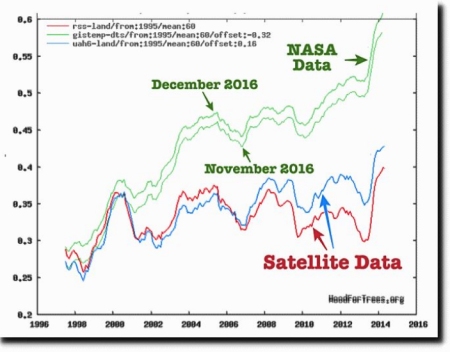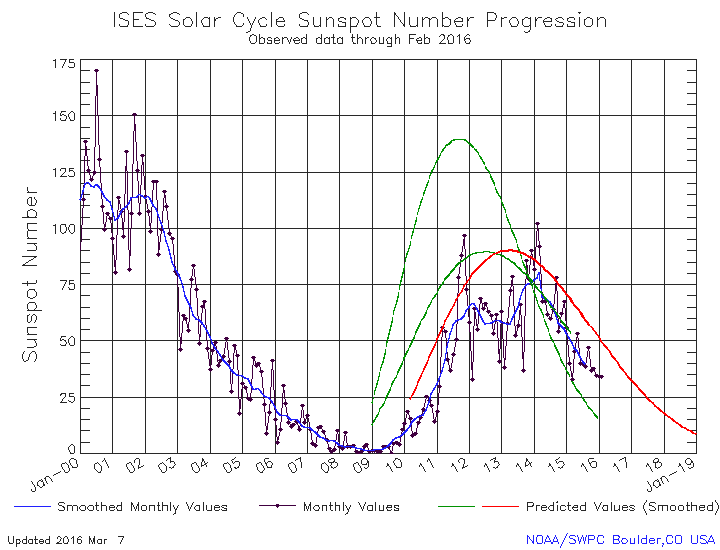NOAA bureaucracy shuts down SpaceX telecast because stupid
Government marches on! The NOAA bureaucracy forced SpaceX to shut down its launch telecast this morning because agency bureaucrats had decided that views of Earth in the background were the equivalent of a satellite remote sensing system that the agency is required to regulate.
It was definitely an issue with NOAA, the rocket company said. Apparently NOAA recently asserted that cameras on the second stage of the Falcon 9 rocket, which SpaceX uses for engineering purposes, qualify as a remote sensing system, which are subject to NOAA’s regulation. A provisional license obtained by SpaceX for Friday’s launch of the Iridium-5 mission required it to end views once the second stage reached orbit.
This raises some questions about the real purpose behind NOAA’s action, as the regulation specifically exempts “small, hand-held cameras.” SpaceX intends to obtain a full license for such camera views, and as of now there is apparently no restriction in place for SpaceX’s next launch of a NASA cargo ship from Florida, happening as early as Monday.
One theory put forth is that some bureaucrats at NOAA might not have liked the good press that SpaceX got when it broadcast views of the Tesla in space, launched by the Falcon Heavy, and wanted to exert their petty power. This might not be true. What is true is that this interference by NOAA in SpaceX operations is beyond stupid.
But then, why should be expect anything different from our present federal government?
Government marches on! The NOAA bureaucracy forced SpaceX to shut down its launch telecast this morning because agency bureaucrats had decided that views of Earth in the background were the equivalent of a satellite remote sensing system that the agency is required to regulate.
It was definitely an issue with NOAA, the rocket company said. Apparently NOAA recently asserted that cameras on the second stage of the Falcon 9 rocket, which SpaceX uses for engineering purposes, qualify as a remote sensing system, which are subject to NOAA’s regulation. A provisional license obtained by SpaceX for Friday’s launch of the Iridium-5 mission required it to end views once the second stage reached orbit.
This raises some questions about the real purpose behind NOAA’s action, as the regulation specifically exempts “small, hand-held cameras.” SpaceX intends to obtain a full license for such camera views, and as of now there is apparently no restriction in place for SpaceX’s next launch of a NASA cargo ship from Florida, happening as early as Monday.
One theory put forth is that some bureaucrats at NOAA might not have liked the good press that SpaceX got when it broadcast views of the Tesla in space, launched by the Falcon Heavy, and wanted to exert their petty power. This might not be true. What is true is that this interference by NOAA in SpaceX operations is beyond stupid.
But then, why should be expect anything different from our present federal government?


